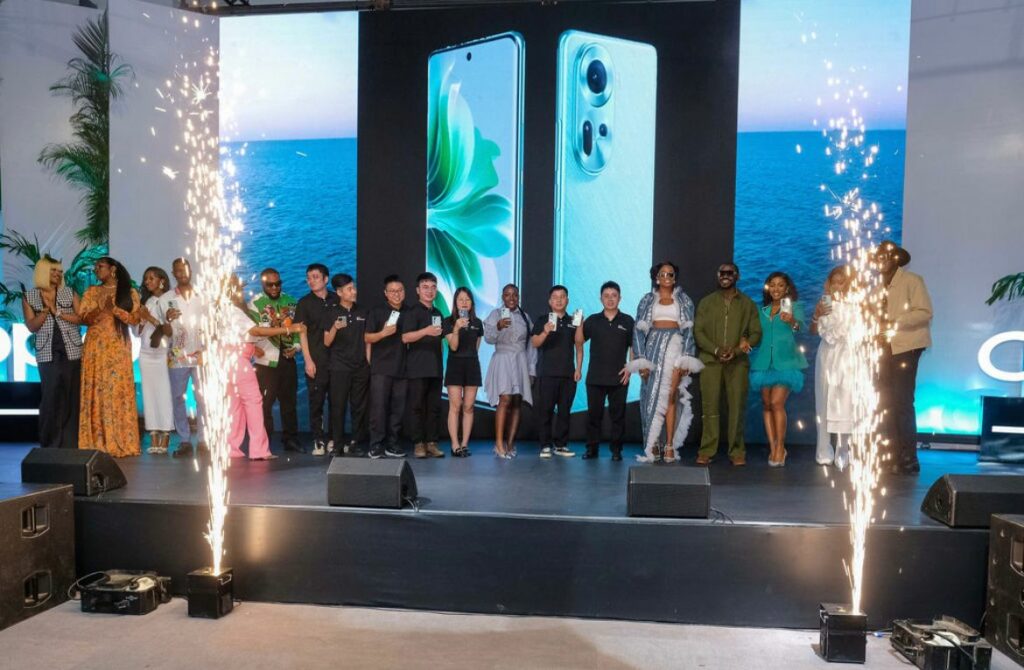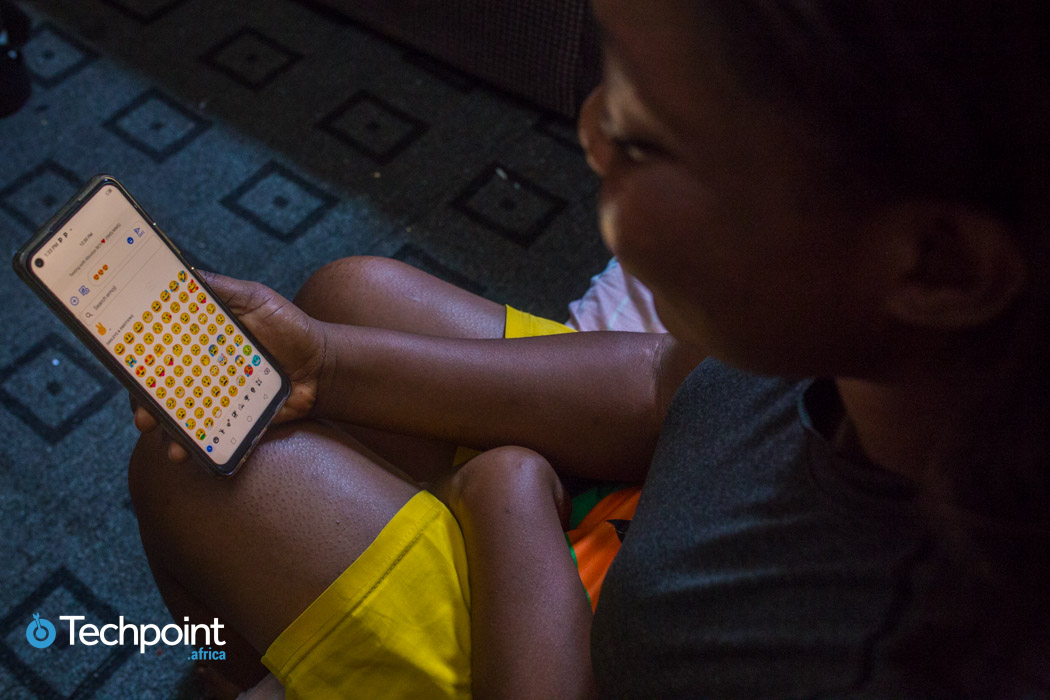Key takeaways:
- Smartphone prices have risen significantly in Nigeria as inflation levels continue to climb.
- The naira’s slip against the dollar has also played a significant role in increasing smartphone prices.
- However, Oppo’s marketing manager, Folasade Omonijo, said at the launch of the Oppo Reno 11 5G, that the smartphone company is still finding a way to keep sales up despite high prices.
Smartphone prices in Nigeria have increased by as much as 86% between 2022 and 2023. For example, the mid-range Samsung Galaxy A52 went from ₦166,000 in 2022 to over ₦300,000 in 2023.
This report on the International Data Corporation’s (IDC) analysis of Nigeria’s smartphone market reveals that a shortage of foreign currency and inflation led to a 32.1% decline in Nigeria’s smartphone market in the fourth quarter of 2022.
Interestingly, the decline in the smartphone market has been going on for six consecutive quarters, affecting even the sales of feature phones.
A Senior Research Analyst at IDC, Arnold Ponela, said “Inflation and economic uncertainty have seriously dampened consumer spending, causing vendors to cut back drastically on shipments as their largest markets continue to struggle.”
Inflation in Nigeria reached a 30-year high of 28.9% in December 2023, according to Trade Economics, one of the primary causes of the inflation is the substantial depreciation of the naira.
Dealing with inflation as a smartphone company
At the presentation of the Oppo Reno 11 5G on Thursday, January 11, 2023, Oppo’s Marketing Manager, Folasade Omonijo said fluctuations in the price of smartphones have been hectic especially with phone prices changing within hours.
While she did not give figures on how these fluctuations as affected the sale of Oppo phones in the past year, she said, “even with the state of things, people are still buying, our sales are doing well.”
She also pointed out that customers understand these price fluctuations and one way Oppo has been able to keep sales up is to offer more value for money.

Be the smartest in the room
Join 30,000 subscribers who receive Techpoint Digest, a fun week-daily 5-minute roundup of happenings in African and global tech, directly in your inbox, hours before everyone else.
“We understand the plight of the people so we offer world-class features at friendly prices.” While she pointed out that these features should cost more, the economic situation requires the company to offer these features at low prices.
The ₦499,900 ($547), Oppo Reno 11 5G has features such as the latest 5G connectivity system, a camera system described by Omonijo as state of the art.
Affordable luxury

According to Omonijo, the smartphone is a mid-ranger. These are smartphones expected to be budget-friendly and still bear close similarities to flagships that are usually up to $1,000.
Standing by the watchword “affordable luxury,” she said keeping phone prices low is imperative for Oppo who produce mid-rangers fit for the African market.
Transsion Holdings, the makers of Tecno and Infinix smartphones also offer their products at affordable prices and according to John’s Phone, Tecno is the most popular smartphone in Nigeria with 26.49% market share followed by Infinix with 20.80%, while Samsung comes in third with 11.91%.
While these companies try to stay competitive in price, they employ cost-cutting measures to keep their smartphones affordable. Some of these measures include opting for cheaper materials like plastic whereas flagships like Apple’s iPhone use glass.
Chipsets or processors are also effective ways to reduce costs. The Reno 11 5G for example, comes with a cost-effective MediaTek processor as opposed to Qualcomm’s Snapdragon processor favoured by more expensive phones.
However, some Android phone makers are also known for pre-loading apps — also known as bloatware — to meet revenue targets on mobile phones. These apps cannot be deleted by the device user and they take up storage space and sometimes make devices run slower.
An HTC spokesperson told Wired in 2018 that “the apps are put there to meet the operator’s business and revenue needs.”
Inflation: Reality vs statistics
While the Oppo Reno 11 5G is considered a mid-range phone at ₦499,900 ($547), Statistics on how much Nigerians earn show it is out of reach for many Nigerians.
This article shows that a good number of people in the country barely earn over ₦50,000 in a month, 10% of the total price of the phone.
Omonijo, however, said that statistics could skew the reality of smartphone purchases in Nigeria. While she admitted that the target market for the phone is the upper to middle class, she explained that a good number of people will still purchase the smartphone.
“If you ask 10 people to show you their phones, most of the phones you’ll see will range between $300 and $1,000.”
But with Tecno and Infinix having the largest share of the Nigerian smartphone market, it is still fair to say affordability is a major driver of smartphone penetration in the country.
Despite the dominance of inexpensive smartphone brands in Africa, penetration is still at 43%, far from the 70% global smartphone penetration rate predicted by Ericsson Mobility Report.





